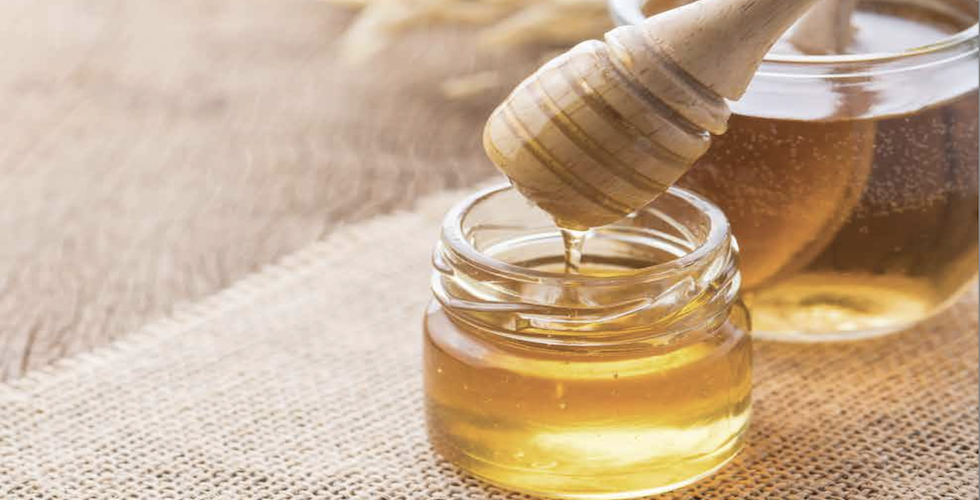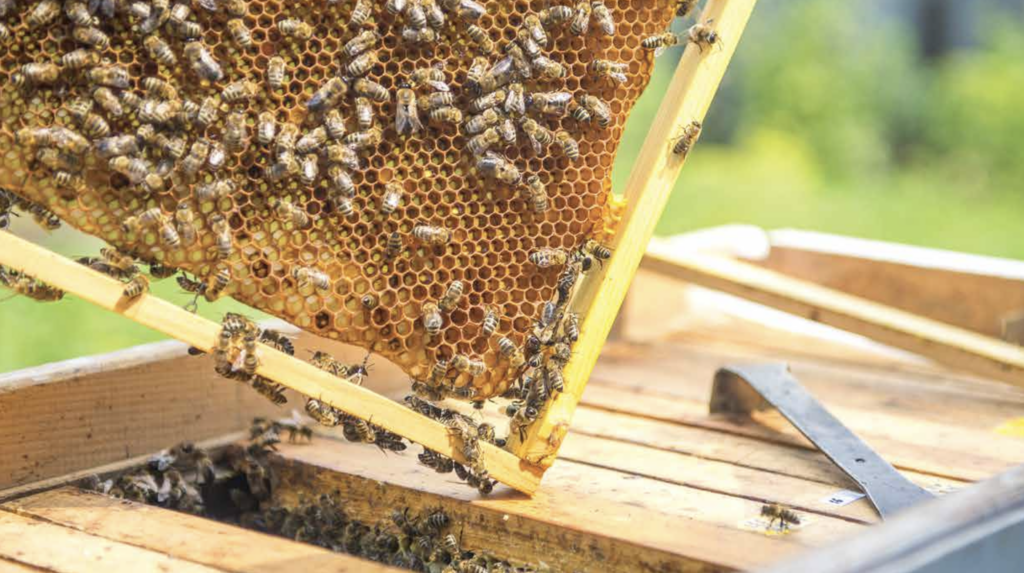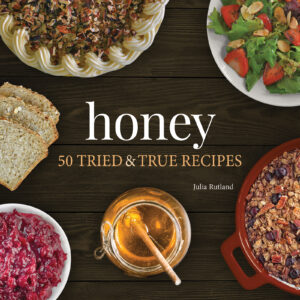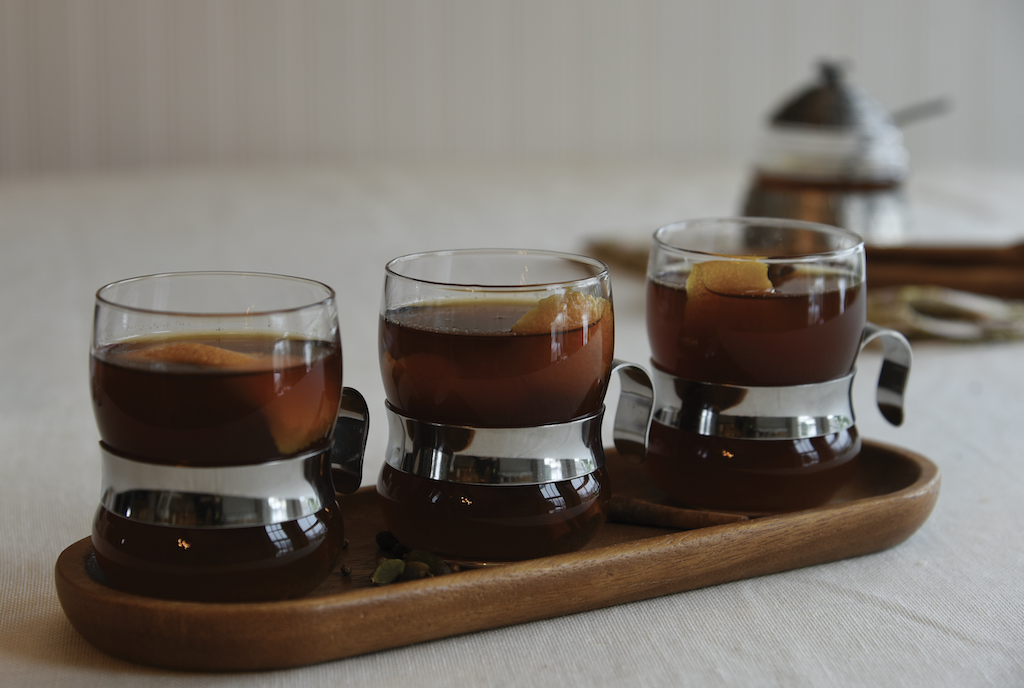
The History of Honey and a Recipe for Cold Winter Nights
Throughout human history, honey has been a significant product used as food and medicine. Prehistoric rock paintings created during the Stone Age depict people and other animals braving the hives to collect the precious liquid. Originally, honey was extracted from wild beehives located in hollow trees or other crevices. Early beekeepers found they could entice bees to nest in trees or stumps hollowed out for that purpose. Later, upside-down baskets called skeps were made from woven straw and used to house beehives.

Early methods of beekeeping destroyed the hive and colony in the process of harvesting the
honey, but improvements to hive maintenance occurred over time. In 1851, American Reverend L.L. Langstroth, building on the work of European beekeepers and others, revolutionized beekeeping with his invention of a hive with moveable frames. Langstroth’s design enabled beekeepers to remove filled honeycombs without damaging the hive. His design is popular today, and Langstroth is considered the “Father of American Beekeeping.”
And now to the recipe straight from Julia Rutland’s book Honey: 50 Tried & True Recipes!
Honey Spiced Tea
Warm and comforting, this spiced syrup sweetens any strong tea. Earl Grey has a citrusy, bergamot flavoring that is enhanced by the honey, but you can use a plain orange pekoe tea with equally yummy results.

INGREDIENTS (makes 1 1/2 cups of syrup)
1 cup water
1⁄2 cup honey
5 cinnamon sticks, broken into pieces
6 cardamom pods, crushed
1 (1⁄4-inch) slice fresh ginger
1 tablespoon coriander seeds, crushed
1 teaspoon whole allspice, crushed
1⁄2 teaspoon whole black peppercorns
1 (1-inch-wide) orange or lemon rind
Earl Grey or orange pekoe tea bags
HOW TO
Combine 1 cup water, honey, cinnamon, cardamom, ginger, coriander, allspice, peppercorns, and citrus rind in a saucepan over medium-high heat. Bring to a boil, reduce heat, and simmer on low heat for 15 minutes. Let stand for 1 hour or longer for a stronger flavor. Strain and transfer to a canning jar or other container. Store in the refrigerator.
Prepare tea bags individually or together in a pitcher, making the tea extra strong. Remove tea bags and stir in desired amount of spiced syrup. Serve warm or chilled over ice cubes.

Save the Pollinators!
Honey is a delicious and amazing product, but honeybees, along with a myriad of native bees, wasps, and flies, also play a critical role as pollinators. Gardens frequently visited by pollinators produce copious and well-shaped fruits and vegetables. Commercial growers often borrow hives for pollination to ensure adequate yields of their crops.
It’s actually easy to protect pollinators: to do so, plant a garden with insect-friendly plants; provide a shallow water source; avoid garden and landscape insecticides, fungicides, or herbicides, especially when flowers are in bloom; buy local honey; and leave weeds to grow. The plants that lawn lovers call weeds, such as clover and dandelion, provide an excellent source of pollen and nectar for bees, butterflies, and other pollinators. And you can help pollinators even if you don’t have garden space: a container garden can easily fit on a balcony and attract pollinators.
If you enjoyed this post, sign up for our newsletter now! #bewellbeoutdoors


